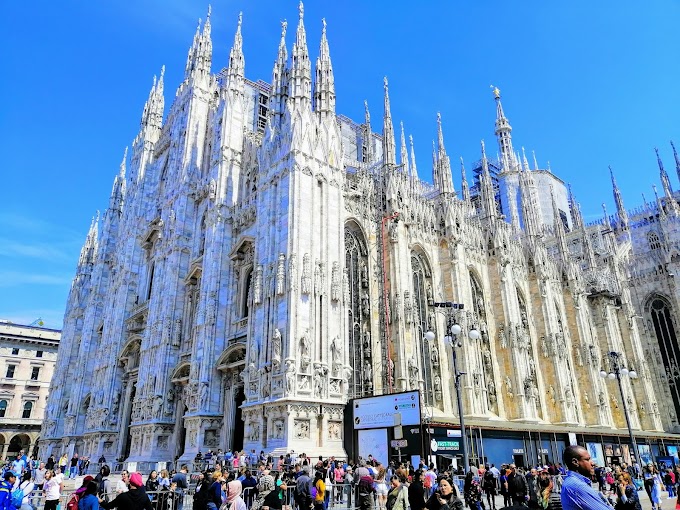Mount Fuji in Japan or also known as Fuji-san. It is also known as Fujiyama or Fuji No Yama. Mount Fuji rises to 12,388 feet, or 3,776 meters, near the Pacific coast of Yamanashi. And 60 miles from Tokyo-Yokohama, the capital of central Honshu. 100 West. It is the tallest and most revered mountain in Japan. This is also an active volcano. We'll talk about that below
This is a very large volcano and geologists have found that it is still an active volcano. The mountain is the main feature of the Fuji-Hakone-Isu National Park (1936) and is located in the centre of a UNESCO World Heritage Site named in 2013. The origin of the name used for this massive mountain is somewhat uncertain.It first appears as Fuji No Yama in Hitachi No Kuni Fudoki (713 AD). The name of this huge mountain is derived from the Japanese words "fire" and "mountain".
Its images here have been reproduced countless times in Japanese art. The Japanese call this a sacred symbol of their country. The mountain is also revered by the Japanese and attracts thousands of tourists every summer. Perhaps it is no more famous than the woodblock printing series. Hokusai published thirty-six views of Mount Fuji. According to tradition, the volcano erupted in BC. In 286 there was an earthquake. The truth is a bit complicated.
The age of this massive Mount Fuji is debatable, but it appears to have been formed on a foundation that dates back 65 million years to the last 2.6 million years; The first eruptions and the first peaks occurred about 600,000 years ago. The present mountain consists of three successive volcanoes: a comet at the bottom, which is surpassed by Ko Fuji ("Old Fuji") and finally by Shin Fuji ("New Fuji"). Throughout the millennium, lava and other ejaculate comets from Ko Fuji have been covered, but the top of the later cone continues to protrude from the slope of Ko Fuji.
This mountain is part of the Fuji Volcano Region. It is a volcanic chain that stretches from the Mariana Islands and Isu Islands across the Isu Peninsula to northern Honshu. The volcano is 25 to 30 miles (40 to 50 km) in diameter and 78 miles (125 km) in circumference. Mount Fuji sinks to a depth of 820 feet (250 m) and the surface of the crater at the top is about 1,600 feet (500 m).
There are eight peaks around the jaggery edge of the crater, namely: Kengamine, Jojudake, Kusushidake, Oshoidek, Isudake, Mushimatake, Hukusandake and Komagatake. Lake Fuji Five (Fuji Goko) is located on the northern slopes of Mount Fuji, and from east to west, Lake Yamanaka, Lake Kawaguchi, Lake Sai, Shaji Lake and Lake Motosu are all formed by lava flow. At 2,726 feet (831 m), Lake Kawaguchi is known for its inverse reflection of the still waters of Mount Fuji. This mountain and its environs are a growing tourist attraction. Nearby Lake Yamanak (the largest lake in the world - 6.4 sq km) is the hub of the most popular resort.
Southeast of Mount Fuji, the forested volcano Hakon Zone is famous for its hot springs in Yumoto and Gora. The abundant groundwater and streams in the area facilitate paper and chemical industries and farming. Other activities include rainbow trumpet cultivation and dairy farming. Sacred Mountain (Fujika, one sect, which it truly considers to be a soul), Mount Fuji is surrounded by temples and shrines, with shrines at the edge and even at the bottom of the crater.
Until the Meiji Reformation (1868) it was a religious custom for women to climb mountains. In the early days, the ascent was usually made of the white robes of a pilgrim. Today a large number of people come there, mostly during the mountaineering season from July 1st to August 26th.









2 Comments
This comment has been removed by the author.
ReplyDeleteIf you are looking for a different culture, Japan is the perfect place for it. Japan Facts
ReplyDelete